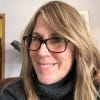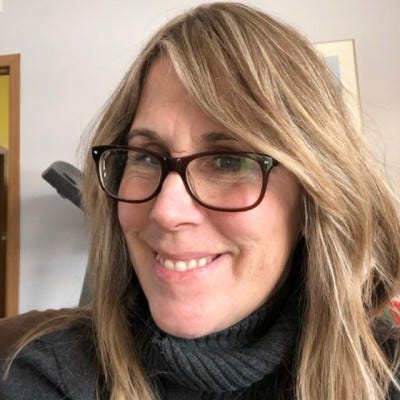Using AI to Determine Chemical Toxicity in Sampling
A Stockholm University professor received a grant to develop an AI model.

A researcher at Stockholm University in Sweden has received a five-year EU grant to develop an AI model that can quickly determine which chemicals in a sample are potentially toxic.
According to researchers' estimates, half a million different chemical substances may have leaked into the environment from food, cosmetics, clothes, pesticides, building materials, and other things humanity has produced. When the substances end up in nature, they begin to break down and react with each other, which creates even more substances. Analyzes of water samples from water treatment plants show that out of thousands of different chemicals present, at least 90% are completely unknown.
"Most of them are natural and harmless, but the problem is that we don't know which ones are toxic. This means we don't know which substances to remove," said Anneli Kruve, a researcher and associate professor in the Department of Materials and Environmental Chemistry, Stockholm University.
Recently, she received a €1.9 million EU grant to develop the AI model to enable the rapid identification of potentially harmful substances.
"With this tool we will be able to determine which of all the substances in a sample that may be toxic, so we can focus on the right ones. Today, a large part of the toxicity in an environmental sample is unexplained; in some cases, only a small percentage can be explained," Kruve said.
Current chemical methods often take time to identify harmful substances within unknown chemicals. For decades there was for example an annual mass die-off among Coho salmon in the northwestern US. When the fish migrated to freshwater streams to spawn, in some cases, more than half of them died. The toxin came from urban stormwater, but it took researchers almost 20 years to identify which of all the chemicals in the stormwater was the culprit.
"It turned out that the mortality was caused by an antioxidant used for manufacturing rubber for car tires," explained Kruve.
When the antioxidant broke down, a previously unknown toxic chemical was formed. During heavy rains, it ended up in stormwater, flowing into the waterways.
Chemical Analysis Today
To expedite the hunt for potentially toxic substances, environmental pollutants, or hazardous substances, Anneli Kruve will develop smarter methods for analyzing various chemical samples. Currently, when researchers map samples from, for example, treatment plants, they first separate all the substances in the sample using chromatography. In this step, water-soluble substances will be separated from fatter chemicals. Then, researchers send the substances into a mass spectrometer. Simply put, this is a method that separates the chemical substances by mass. In a final step, the researchers break down the chemical substances into small pieces and map out what kinds of pieces they consist of.
When the analysis is complete, researchers will among other things know what size they are, and approximately what chemical building blocks they consist of. Based on these clues, they can often identify some of the substances present in the sample. But still, most are unknown substances with unknown toxicity.
The AI Model
This is where Anneli Kruve's computational methods come into play. Her goal is to develop an AI model that can reveal suspected harmful substances solely based on the clues provided by the chemical mapping. So far, she has trained the AI model using a database created by the US Environmental Protection Agency, which contains information about the structure, properties, and toxicity of various substances. When she recently tested searching for a harmful substance in an artificial sample, the AI model succeeded in identifying the correct substance.
With help of the EU grant, Anneli Kruve will now hire five to six doctoral students and postdocs for her project. The goal is to train the AI model using other available chemical databases and ensure that it learns to recognize everything from potentially hormone-disrupting and genotoxic substances to environmental pollutants. She also hopes to be able to analyze samples from various types of materials.
"We have, for example, collaborations where we will examine substances in textiles and also in filters from water treatment plants. In the latter case, we can see how many potentially harmful substances the filters capture during water purification," said Kruve.
She also hopes that the AI model will be able to suggest a chemical structure for the unknown substances found. In some cases, this could speed up understanding of their origins.
"We're working towards a moving target. When different chemicals are released into the environment, we don't always know what happens to them, so we need good methods to monitor them. Hopefully, we can become smarter and identify potential problems much earlier than we do today.
About the Author(s)
You May Also Like




